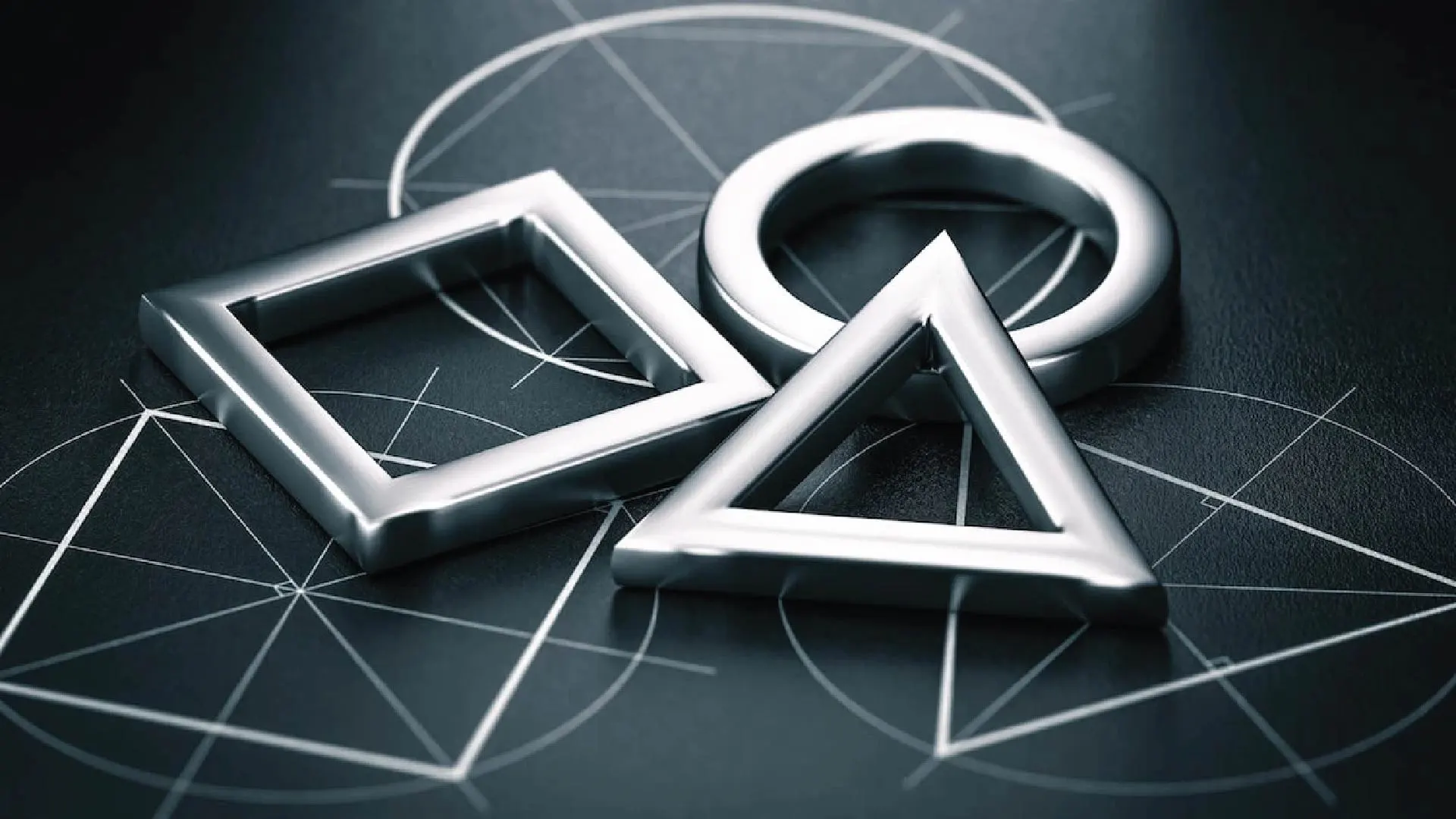Think about your favorite brands. If they were people, what kind of people would they be? You can probably easily answer this question. What makes this answer easier is that the brands in question have personalities and identities, like living people. Thus, you can get to know and love them closely.
What is brand identity?
The identity of your brand, in the simplest terms, is to determine how you will talk to people, that is, to your target audience. Because brands talk to us even though they are not real people. Making this conversation more understandable is to determine the brand identity.
If you think that people do not fully understand your brand, that what you are saying does not fully reach the target audience, then your brand probably needs an identity.
Just as a person becomes uneasy and moves away from people that they cannot place in a clear place in their minds and are difficult to define, they also show the same reaction towards brands. Before you can get along with your target audience, make it clear who you are.
Then, carry out any communication that your brand establishes accordingly.
How is brand identity determined?
How about your “Let this be the identity of my brand.” Is it enough to say? In fact, determining a brand identity is a much more detailed and sensitive process than that.
To determine your identity, you first need to identify your brand’s values and beliefs. You need concrete foundations that you think about in detail.
After you clearly define your values and beliefs as a brand, your identity is gradually revealed.
12 Brand Archetypes
Carl Jung, one of the founders of analytical psychology, conducted a study in the 1940s that theorized about human personality and motivations.
According to him, each of us has a dominant archetype that determines our personality and all archetypes can be grouped under 12 headings.
In fact, with this work, Jung created a universal categorization that can be found in art, religion and many different cultures.
Adapting the 12 archetypes to brands will also guide you in finding your brand’s identity and positioning your brand.
So what are these archetypes?
- Creator: It seeks innovation, experimentation, innovation. It stands out with its uncompromising quality and always aims to create something new.
- Caregiver: Emphasizes empathy, support and generosity. Spreading goodness is its priority.
- Ruler: He is strong and a leader. It gives a sense of confidence.
- Entertaining (Jester): They are high-energy, fun, colorful brands. It entertains the customer while at the same time providing value. It's humorous.
- One of us (Regular guy/gal): The ordinary man on the street. He is honest and humble.
- Lover: Emphasizes love and bonding. He believes in love. He has a positive and passionate attitude.
- Hero: He is assertive, leading and successful. He is brave and always pursues perfection.
- Outlaw: He has an attitude that breaks the rules on his name. It is marginal and arouses admiration.
- Magician: Emphasizes imagination and change. It is a problem solver.
- Innocent: Reliable, happy and simple. It finds the good in the bad and focuses on the positive.
- Explorer: Adventurer is free and independent. His motivation is high.
- Sage: Provides satisfactory information to its target audience and is in a position to be consulted. He is an expert in his field.
None of these brand archetypes is superior to the other. Each one is the result of a set of values and beliefs.
At the end of the day, the key is to identify an identity.
Thus, you establish a clearer communication with your target audience and make people trust you.



